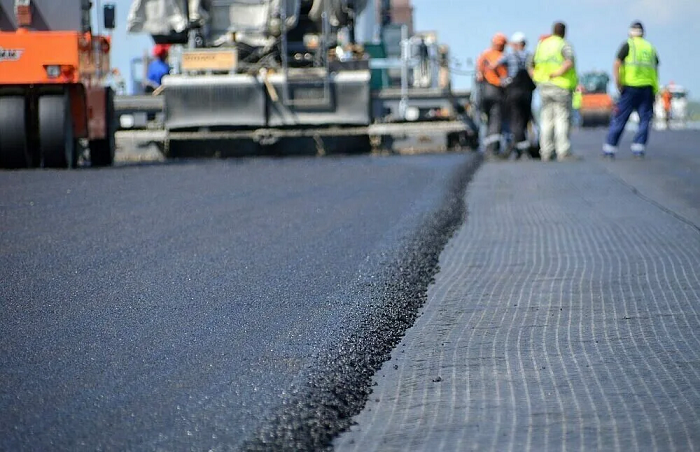As you know, the main component of road asphalt is stones of various sizes (crushed stone and gravel of different fractions). They are pressed and glued together with a bitumen binder. Swiss scientists propose using materials that literally “bind” stones instead of bitumen.
EMPA researchers argue that this type of mechanical reinforcement of the roadway will radically change road construction technology, dramatically reduce the environmental load and help save valuable resources.
The idea itself became a continuation of the art museum project. In it, the pillars, made of gravel braided with threads, demonstrated exceptional stability. However, no bitumen, cement or any other binding substance was used for their construction. Laboratory tests have shown that the gravel pillars, 80 cm high and 33 cm in diameter, can withstand a pressure of 200 kN, which corresponds to a load of 20 tons.
Knitted road surfaces have a number of advantages. Firstly, the abandonment of petroleum bitumen, in addition to saving resources, will reduce the amount of emissions both during the production of bitumen and during the operation of the road. At the same time, the asphalt surface is also impervious to rainwater. Also, due to bitumen, the road surface is not able to recover from deformations – cracks and ruts appear.
It is expected that it will be possible to use more common and cheaper rocks for road construction. Moreover, such a road surface will be 100% recyclable. Finally, the technology will make it possible to create roll roads that can be brought to the site and rolled out like a rolled lawn.



